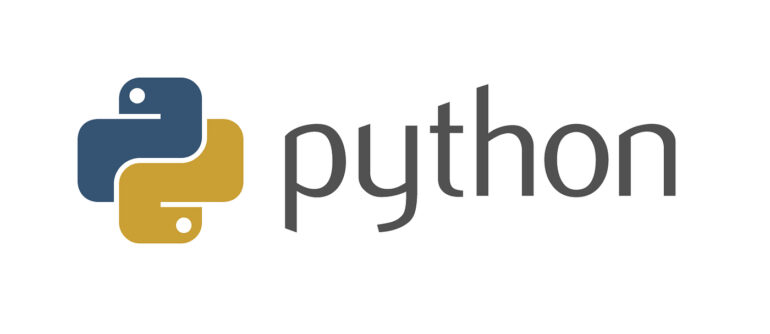Forget everything you think you know about programming languages. Python is like that cool hacker friend who shows you the matrix isn’t that complicated after all.
Sure, it can do all the usual stuff – object-oriented programming, dynamic data typing, modularity. But Python just has a radically different vibe. The whole language oozes readability and simplicity while retaining serious computing power.
It starts with the smooth, intuitive syntax. Python code reads like condensed human language, avoiding the usual brackets purgatory. Everything flows logically from one step to the next.
This emphasis on literacy makes Python insanely beginner-friendly. You can piece together full scripts just by modifying examples and examining stack traces when things go awry. No rigid compiling or segmentation faults in sight!
And that invites experimentation. The fast edit-test cycle means you can add bits of code and instantly see results. Much better than reading dense programming manuals trying to figure out how concepts connect. Python gives live feedback as you tweak things.
Plus Python has a rich toolset for introspection. You can inspect variables on the fly, set breakpoints, step through code line-by-line to diagnose issues. The debugger itself uses Python, underscoring the language’s remarkable reflexivity.
Of course, sometimes print statements sprinkled around your script are the quickest debug shortcut. Told you Python keeps things wonderfully straightforward.
So while it can handle heavy computational lifting, Python distinguishes itself by removing the gatekeepers. It demystifies coding concepts for newcomers and offers seasoned devs sublime simplicity.
Table of Contents
Comparing Python to Other Languages
So how does Python stack up against other popular languages? As an interpreter langauge, it often draws comparisons to heavyweights like Java, JavaScript, Perl and more.
Well, good news Python fans – our slithery hero holds its own across multiple fronts! Let’s break it down.
First up, Java. Now Java beats Python on raw speed, since it compiles direct to efficient machine code. But Python programs take a fraction of the time to write. We’re talking 3-5x shorter than Java for the same tasks! All thanks to Python’s simplicity, dynamic typing and killer native data structures.
The tradeoff is worth it for most. Devs sacrifice some performance for a smooth coding ride. And Python + Java play nicely for hybrid apps anyway, with Python handling high-level logic and Java powering performance-critical components.
Now JavaScript is Python’s cousin in some ways – both support simple scripting without the class boilerplate of Java. But JavaScript pretty much stops there. Python provides the full monty of rigourous object-oriented programming that JavaScript lacks.
Moving on to other cozy comparisons…Python and Perl share a Unix heritage but diverged in philosophy. Perl loads in domain-specific features out of the box, while Python emphasizes general principles like clean code and data structure design.
Bottom line – Python appropriates Perl’s bread and butter with better all-round programming infrastructure. Roomy enough to grow far beyond Perl’s niche.
And so the pattern continues my friends. Python adopts the best parts of other languages while crafting its own unique charm. Offering a blend of power and accessibility few rivals match.

